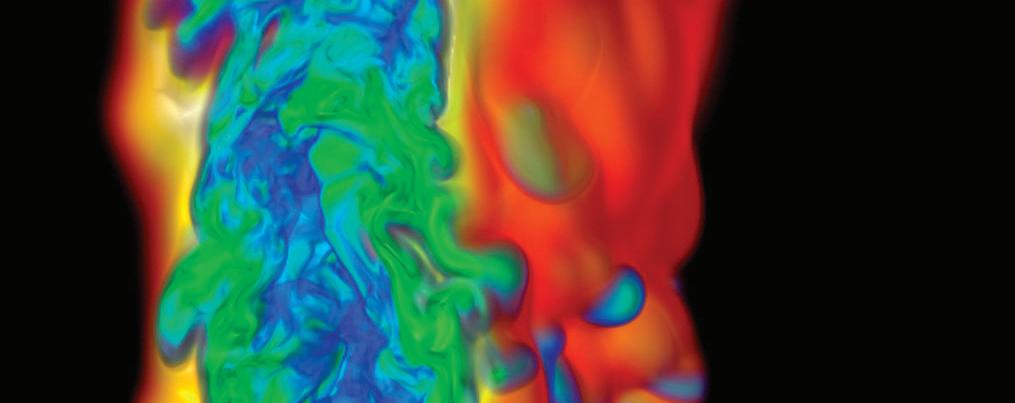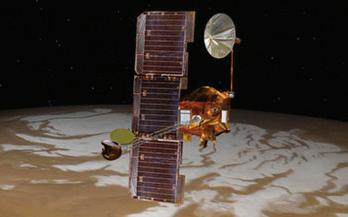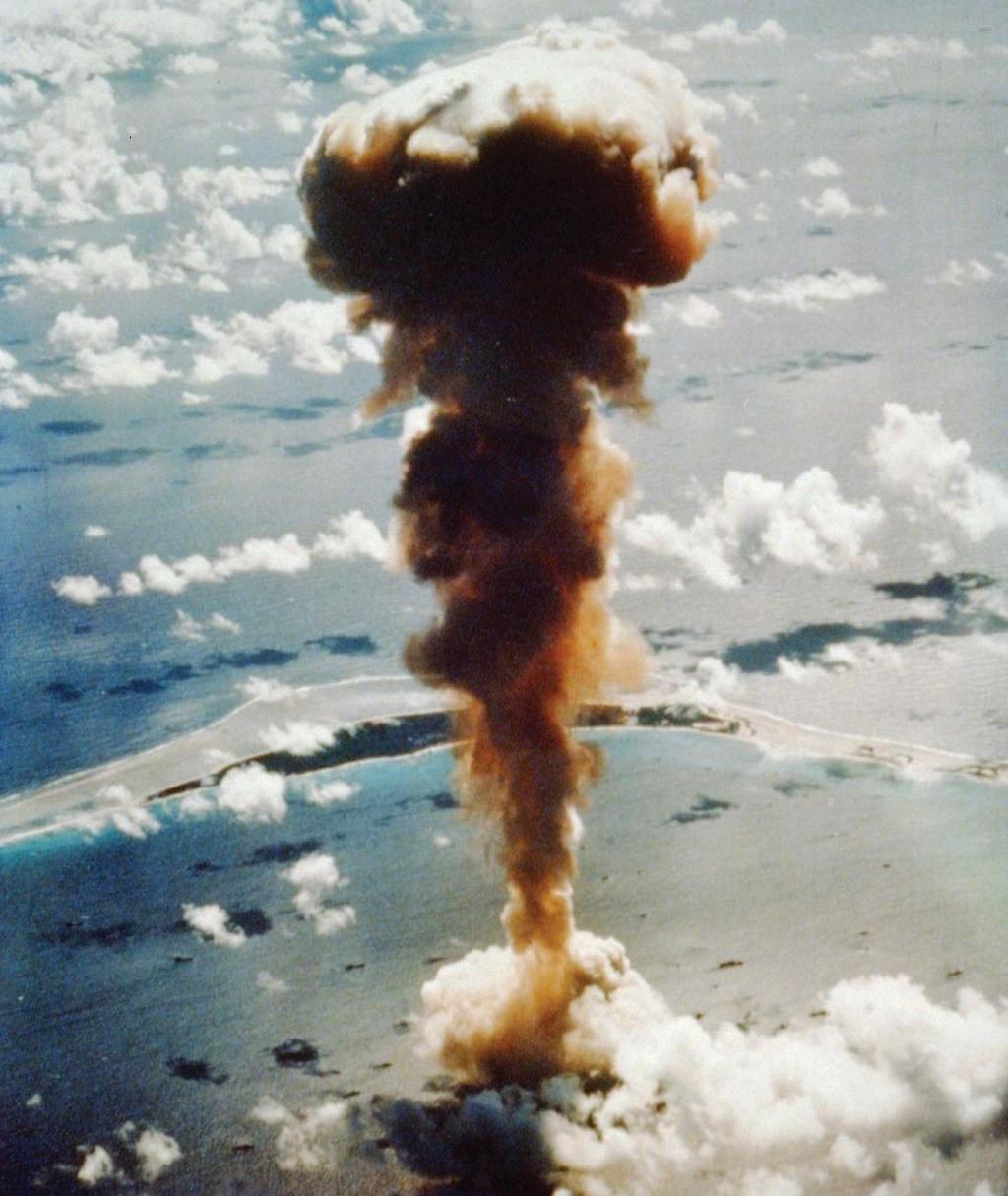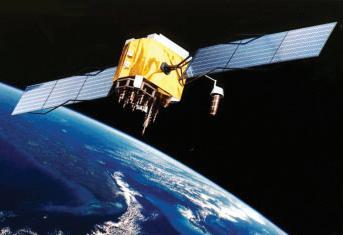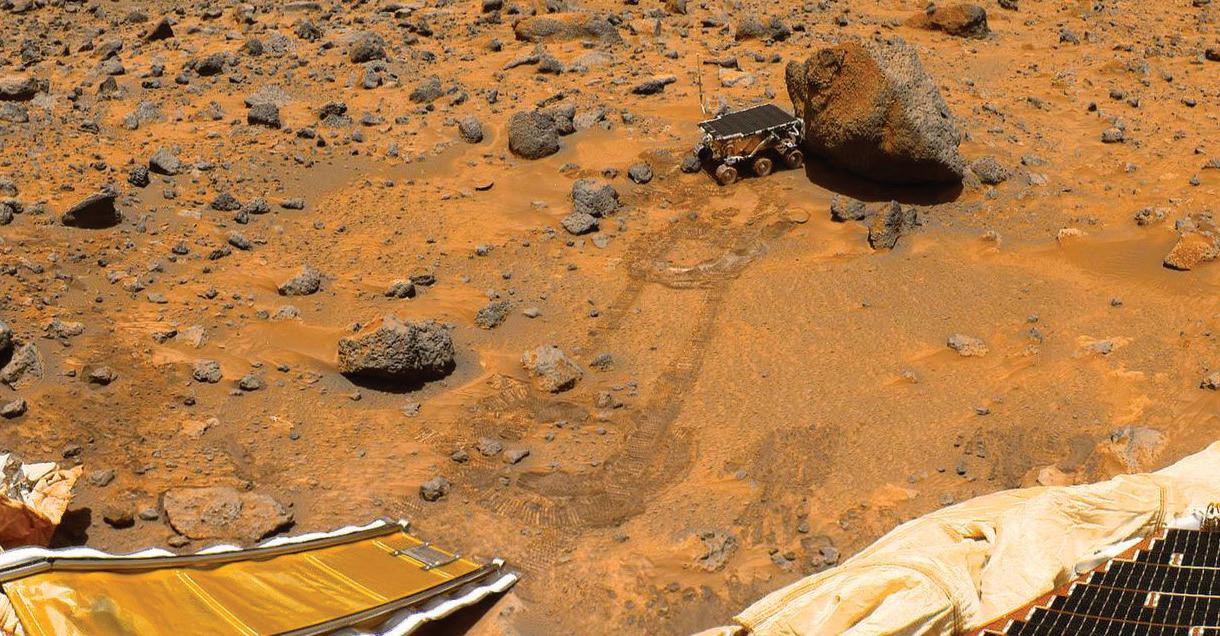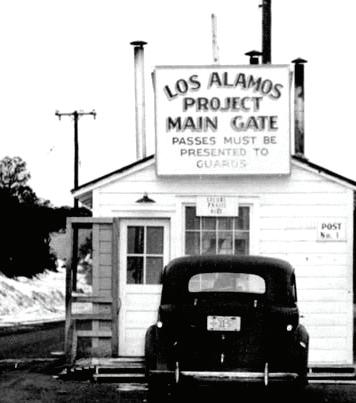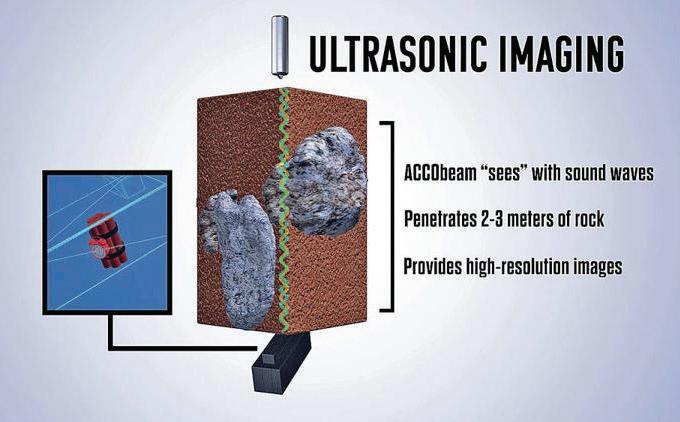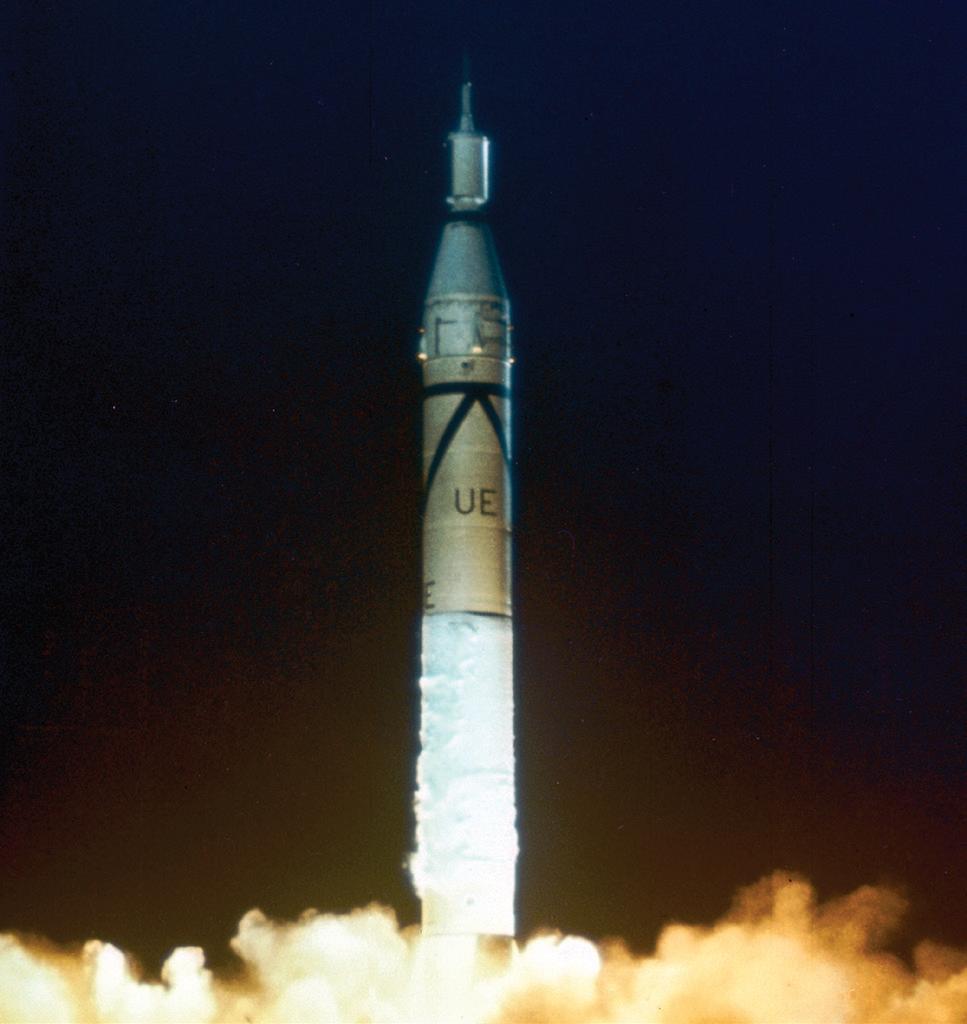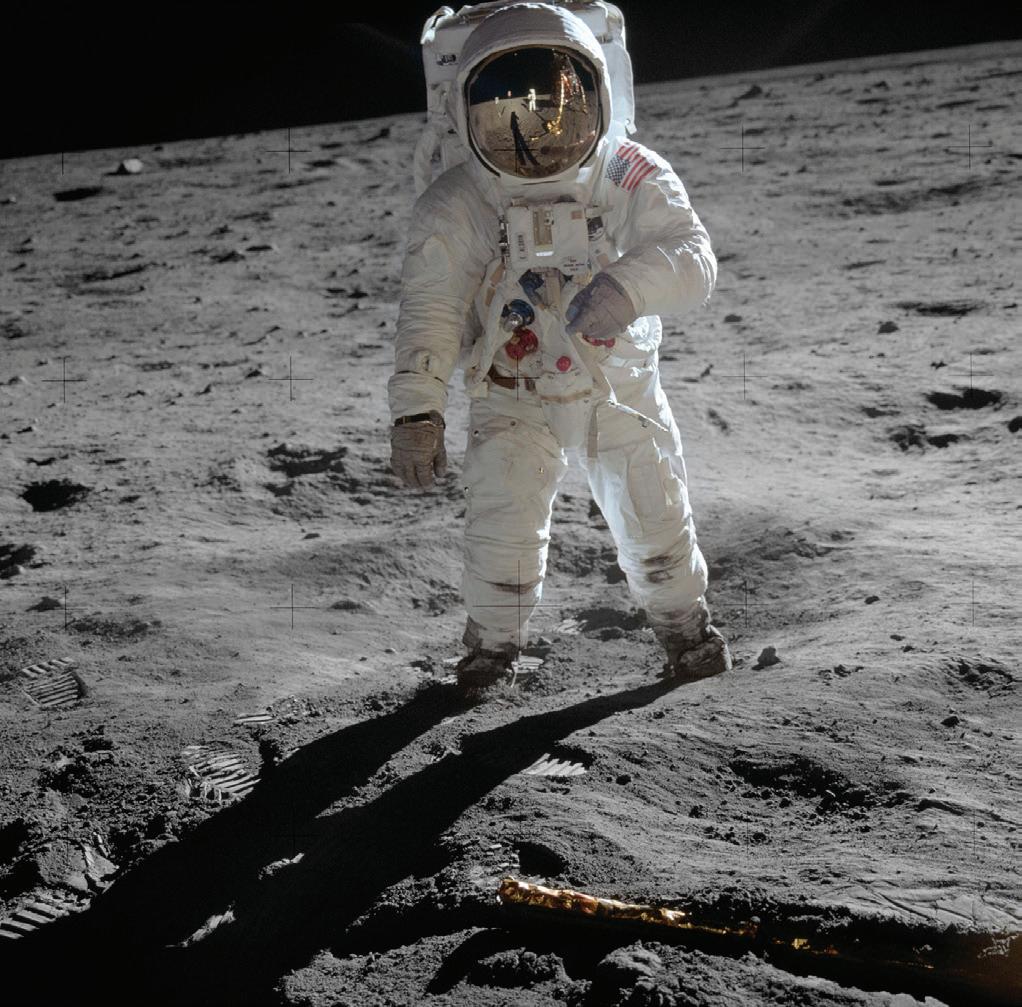
2 minute read
1970s
6
Safe Secure Trailer Nuclear Arms Agreements
Advertisement
1970s
Manhattan Project: America’s Groundwork for Innovation in
MEDICINE SECURITY COMPUTING SPACE INDUSTRY
Missions to Mars
Viking 1 and 2, launched separately in 1975, were NASA’s first efforts to harvest data directly from the surface of the red planet. Each mission had two parts: an orbiter and a lander. Both Viking missions sent back photographs of the surface of the red planet and helped scientists learn more about elements present there (carbon, nitrogen, hydrogen, oxygen and phosphorus -- all essential to life on our own home planet). The two 42.6-watt radioisotope thermoelectric generators on Viking 1 and 2 were designed to last at least 90 days but lasted for six and four years, respectively.
Los Alamos Meson Physics Facility
Since 1972, the 800-million-electronvolt (MeV) accelerator and its attendant facilities at Technical Area 53 (TA-53, often referred to as “the Mesa”) at Los Alamos National Laboratory have been a resource to a broad international community of scientific researchers. The Los Alamos Meson Physics Facility (LAMPF), as it was originally called, hosts about 1,000 users per year to perform medium-energy physics experiments.
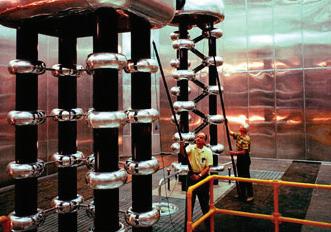
PET Scan Peaceful Nuclear Explosions Treaty
Safe Secure Transport
The Safe Secure Transport (SST), designed at Sandia National Laboratories in the early 1970s, was the first trailer designed specifically to provide cargo safety and to prevent any potential unauthorized entry and access to national security assets.
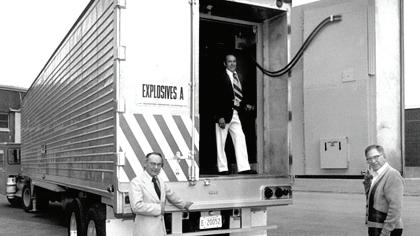
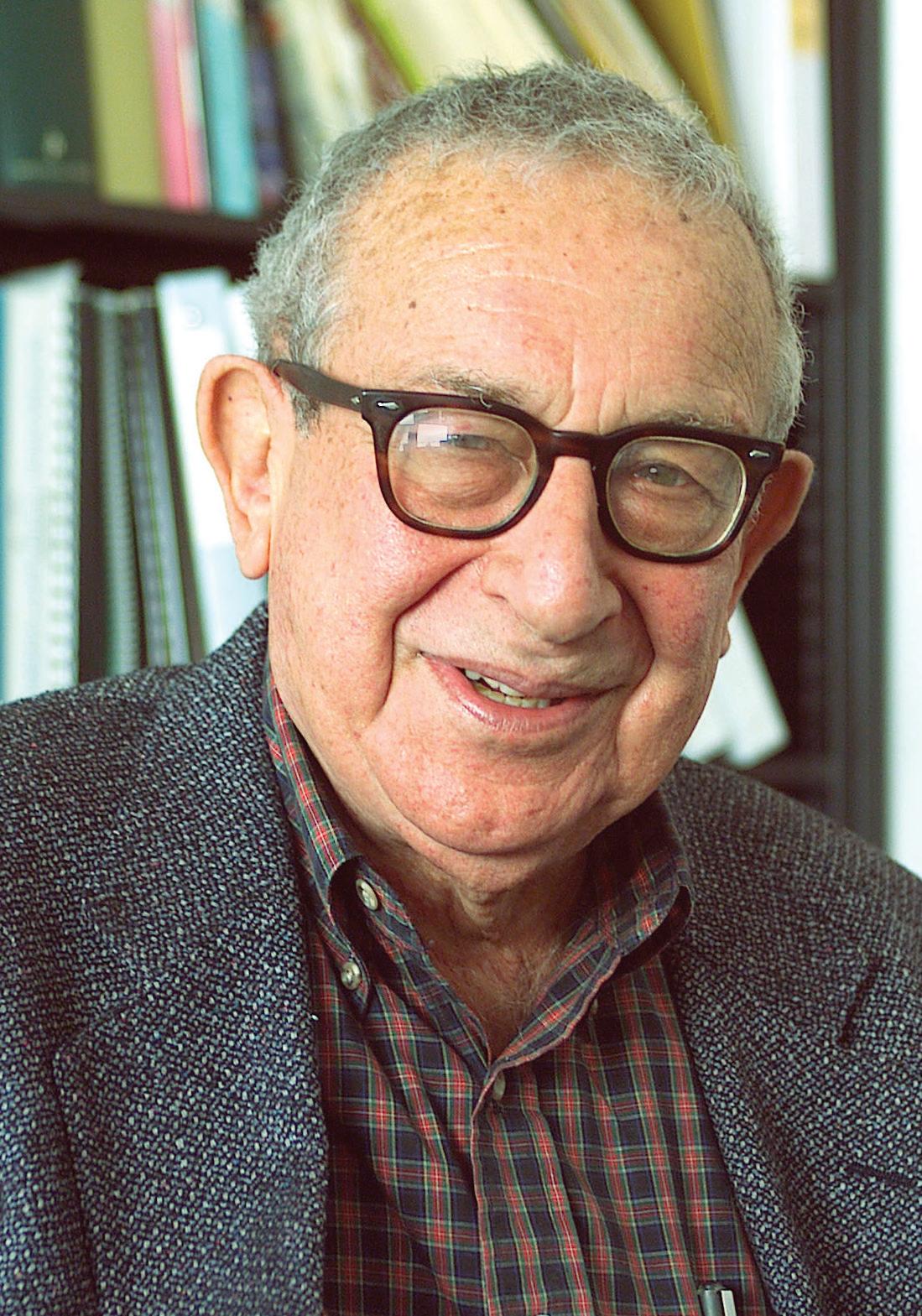
Chemistry
In the late 1970s, scientists at Sandia’s Combustion Research Facility needed a more efficient way of solving combustion problems involving complex chemical kinetics phenomena. They developed a software suite named CHEMKIN, now licensed by industry and used worldwide in the microelectronics, combustion, and chemical processing industries. Seymour Sack, a prominent Lawrence Livermore National Laboratory physicist, designed small bomb prototypes for warheads. During the late 1970s, he turned his efforts to the conception and realization of the modern, extremely safe, air-carried nuclear weapon. He designed the warhead for both the high-yield aerial bomb and the ground-launched cruise missile. Simultaneously, he directed both development projects. In this project, Sack developed the first use of insensitive high explosive and the first fire-resistant pit, thereby greatly enhancing the safety of nuclear explosives in crash and fire accidents.
